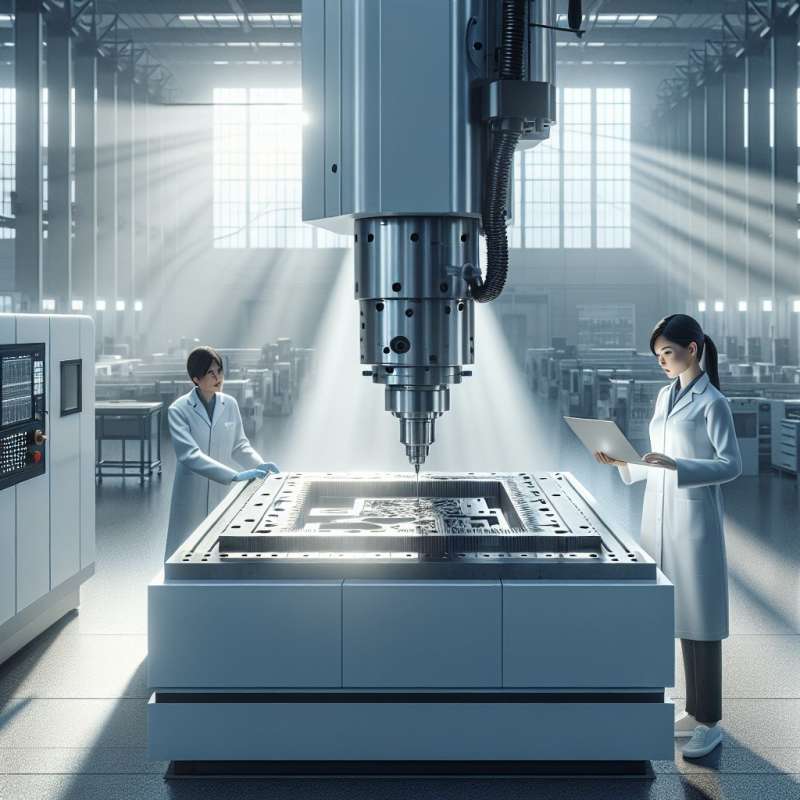
Injection Moulding Introduction
Injection moulding is a manufacturing process for producing parts by injecting molten material into a mould. It's widely used for mass-producing plastic items with complex shapes and fine details.
History of Moulding Evolution
The process dates back to the 19th century. John Wesley Hyatt invented the first injection moulding machine in 1872, revolutionizing the production of items like combs and buttons.
Modern Moulding Materials
Initially, celluloid was the primary material. Today, a variety of plastics, including polyethylene and polystyrene, are used. Metals and glasses are also mouldable through similar processes.
Thermoplastics Versus Thermosetting
Thermoplastics, like polypropylene, can be melted and moulded repeatedly. Thermosetting plastics, once set, cannot be remelted. Understanding the difference is crucial for production and recycling.
Machinery and Mold Making
Modern machines have precision controls for speed, temperature, and pressure, ensuring consistent quality. Moulds are crafted from metal, often steel or aluminum, and are designed for longevity.
Environmental Impact
Injection moulding can be energy-intensive and contribute to plastic waste. However, advances in bioplastics and recycling are helping to mitigate these environmental issues.
Future in 3D Printing
3D printing is starting to complement traditional injection moulding, allowing for rapid prototyping and complex geometries. It's set to transform the way moulds are designed and used.
What process produces parts by injecting material?
Compression moulding
Injection moulding
Blow moulding
Company